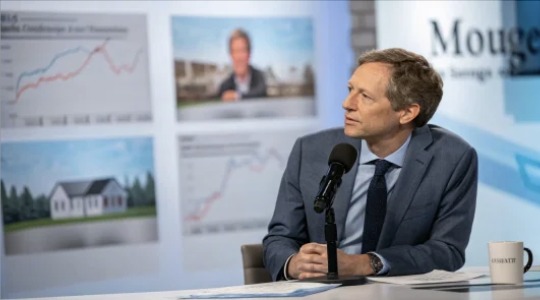According to two people familiar with the situation, the new CEO at Intel, Lip-Bu Tan, is considering a significant shift in the company’s chip manufacturing approach that could reshape its foundry business and alter its position in the global semiconductor market.
After years of mistakes, Tan has moved swiftly to reduce expenses and refocus Intel’s efforts since taking over in March. By June, he began expressing skepticism about the future of the 18A manufacturing process — a technology former CEO Pat Gelsinger strongly supported — by pointing to waning interest from potential clients, according to the sources.
New CEO at Intel shifts chip manufacturing business model
Tan has requested that teams explore alternatives, such as halting the external marketing of 18A and its variant, 18A-P. Intel may have to make a sizable write-off if it decides to stop selling those technologies to outside customers. According to one source, given the billions spent on development, the move might cost hundreds of millions, if not billions.
Intel stated that it intends to start ramping up production of its 18A-based “Panther Lake” chips later in 2025, but it declined to comment on “hypothetical scenarios or market speculation.” They are “the most advanced processors ever designed and manufactured in the United States,” according to the company.
New focus on chips to serve customers
Intel is also concentrating on its next-generation 14A process as part of its turnaround effort, which company insiders say could give it an advantage over rival TSMC’s N2 node. The goal is to attract major clients like Nvidia and Apple, who currently rely on TSMC to manufacture their chips.
Intel recently released a statement, saying, “Lip-Bu and the executive team are committed to strengthening our roadmap, building trust with our customers, and improving our financial position for the future. We have identified clear areas of focus and will take actions needed to turn the business around.”
Although the board might not make a final decision until the fall, it may consider the proposed change as early as this month.
The stakes are very high. Intel recorded a net loss of $18.8 billion last year, its first year without a profit since 1986. Even after the reconsideration, the company will continue using 18A for internal chips already designed for the node and to fulfill specific customer obligations, such as limited chip production for Microsoft and Amazon. Intel won’t wait for 14A to complete those orders due to strict deadlines.
Intel stated that it remains committed to fulfilling all of its customer obligations.
Tan would be making one of his most significant moves to date if he moves forward with allocating resources to 14A. By customizing 14A to meet the needs of its most important clients, Intel aims to position itself more competitively against TSMC. Analysts claim that 18A might only be comparable to TSMC’s N3 process, which Intel is at a disadvantage with since it started high-volume production in 2022.
Featured Image Credit: Pok Rie: Pexels: Thank You!















